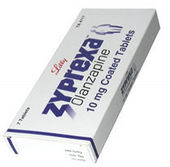OF THE
TIMES
We'll know our disinformation program is complete when everything the American public believes is false.
Good article. Gets it right that this is an economic battle(not between ideologies and nation states). If your personal production (household GDP)...
That sounds as mature as my older brother.🙄
Voici the details in comments tekdude + [Link]
What are they??? - They're flame tips coming off of a ball of fire. Okay?...
I guess his uncle was Micheal Rockefeller? [Link]
To submit an article for publication, see our Submission Guidelines
Reader comments do not necessarily reflect the views of the volunteers, editors, and directors of SOTT.net or the Quantum Future Group.
Some icons on this site were created by: Afterglow, Aha-Soft, AntialiasFactory, artdesigner.lv, Artura, DailyOverview, Everaldo, GraphicsFuel, IconFactory, Iconka, IconShock, Icons-Land, i-love-icons, KDE-look.org, Klukeart, mugenb16, Map Icons Collection, PetshopBoxStudio, VisualPharm, wbeiruti, WebIconset
Powered by PikaJS 🐁 and In·Site
Original content © 2002-2024 by Sott.net/Signs of the Times. See: FAIR USE NOTICE

Children should NOT be on anti-psychotic drugs!!!!!!!
They're concerned about the weight gain and not the psychological/physiological damage!